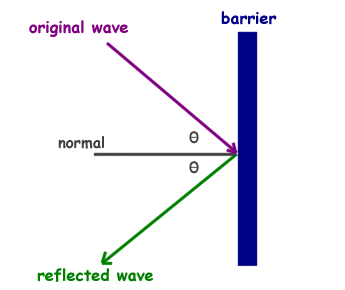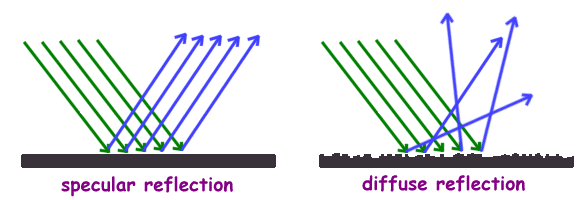

|
Diffraction
Another wave-like property of light is diffraction. When light waves encounter an obstacle or pass through an opening they will bend. The diffraction of light can be seen in the silver lining around clouds as well as the patterns of light from the surface of a compact disc (see picture). |
 |